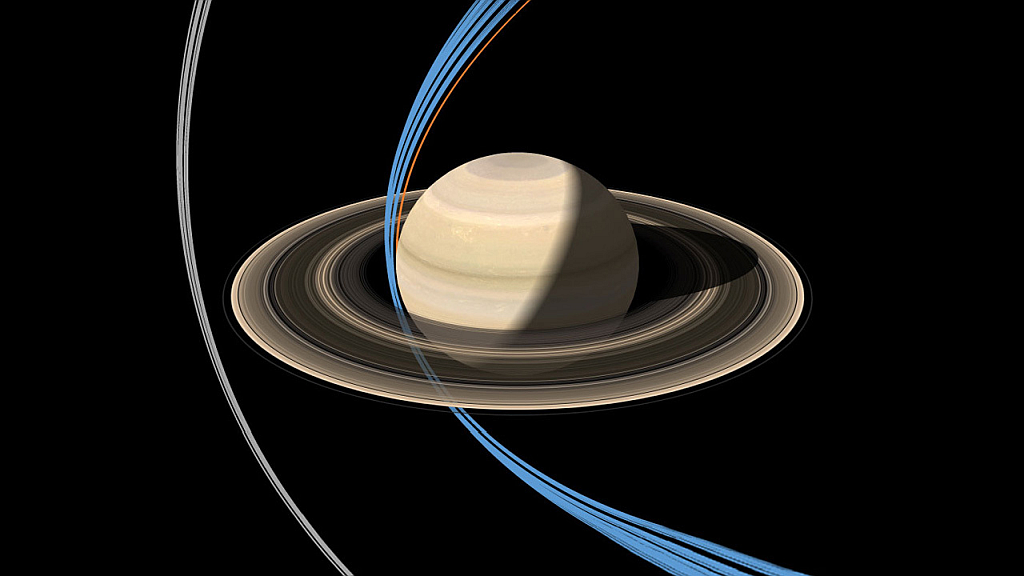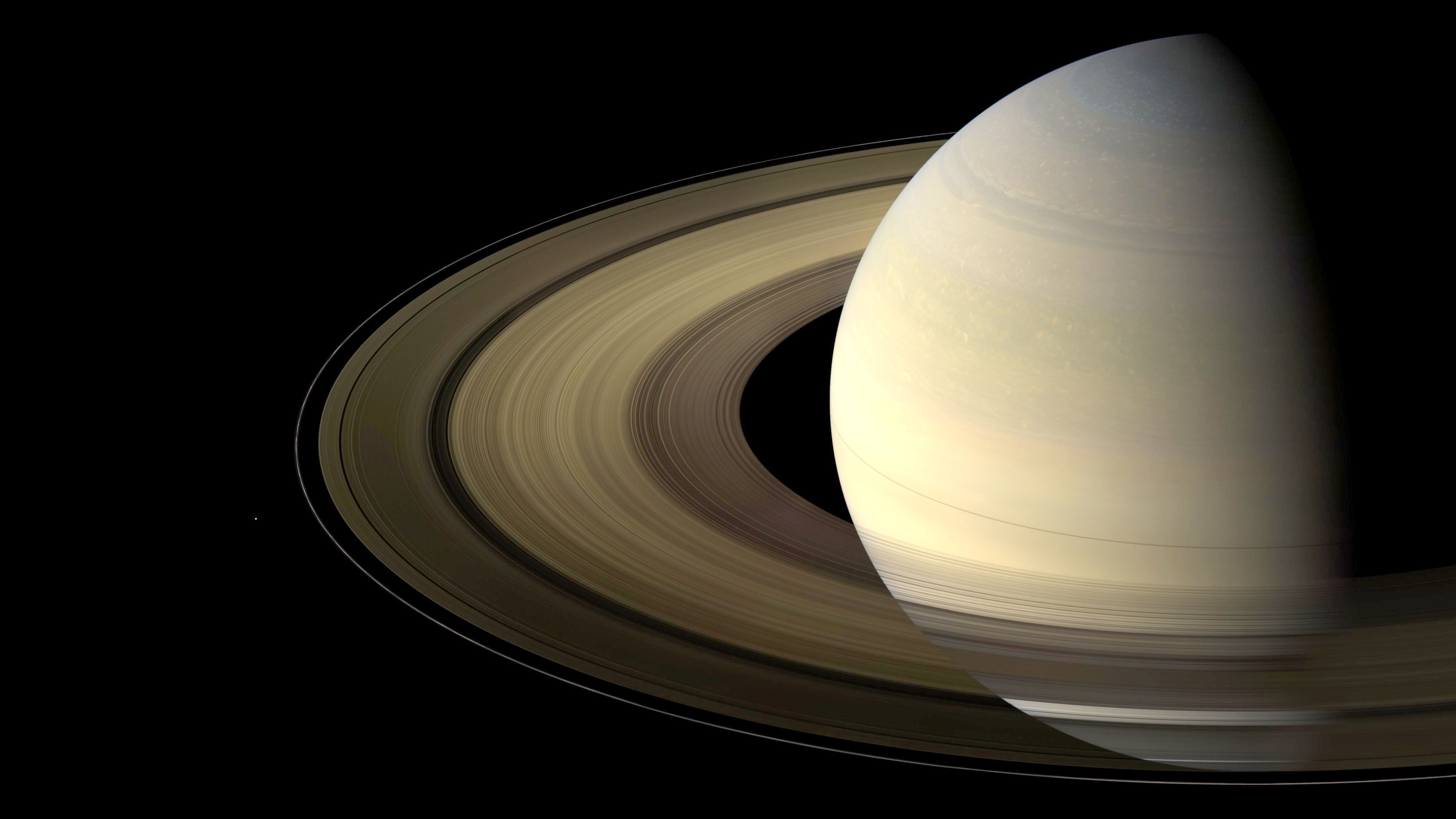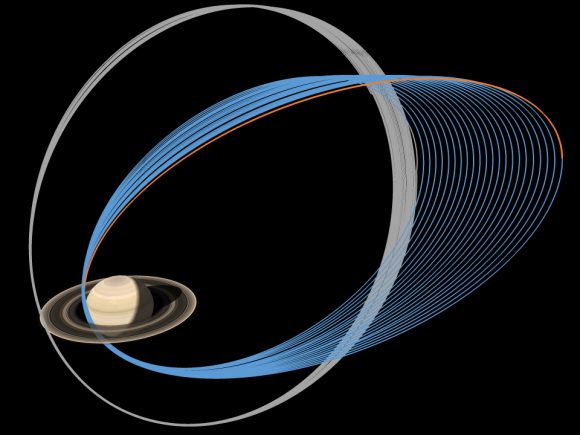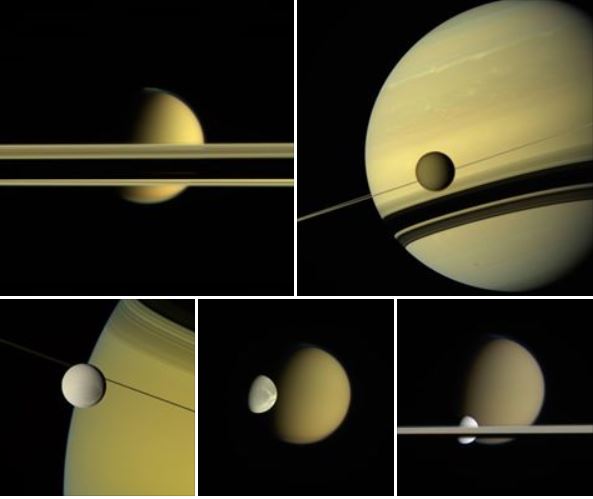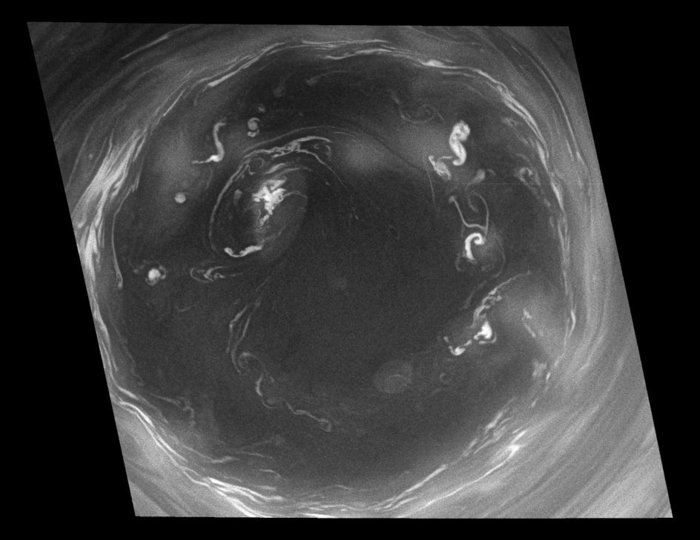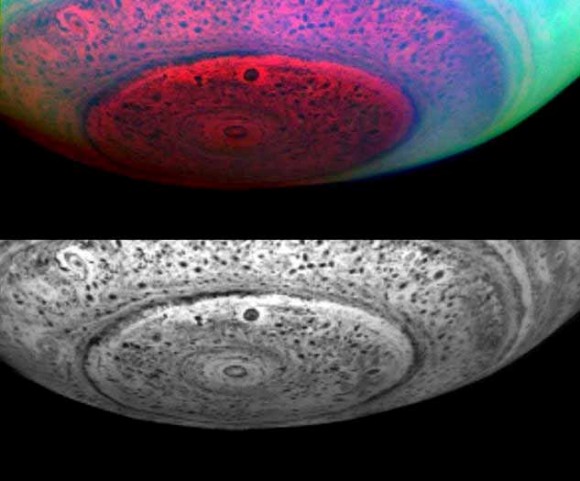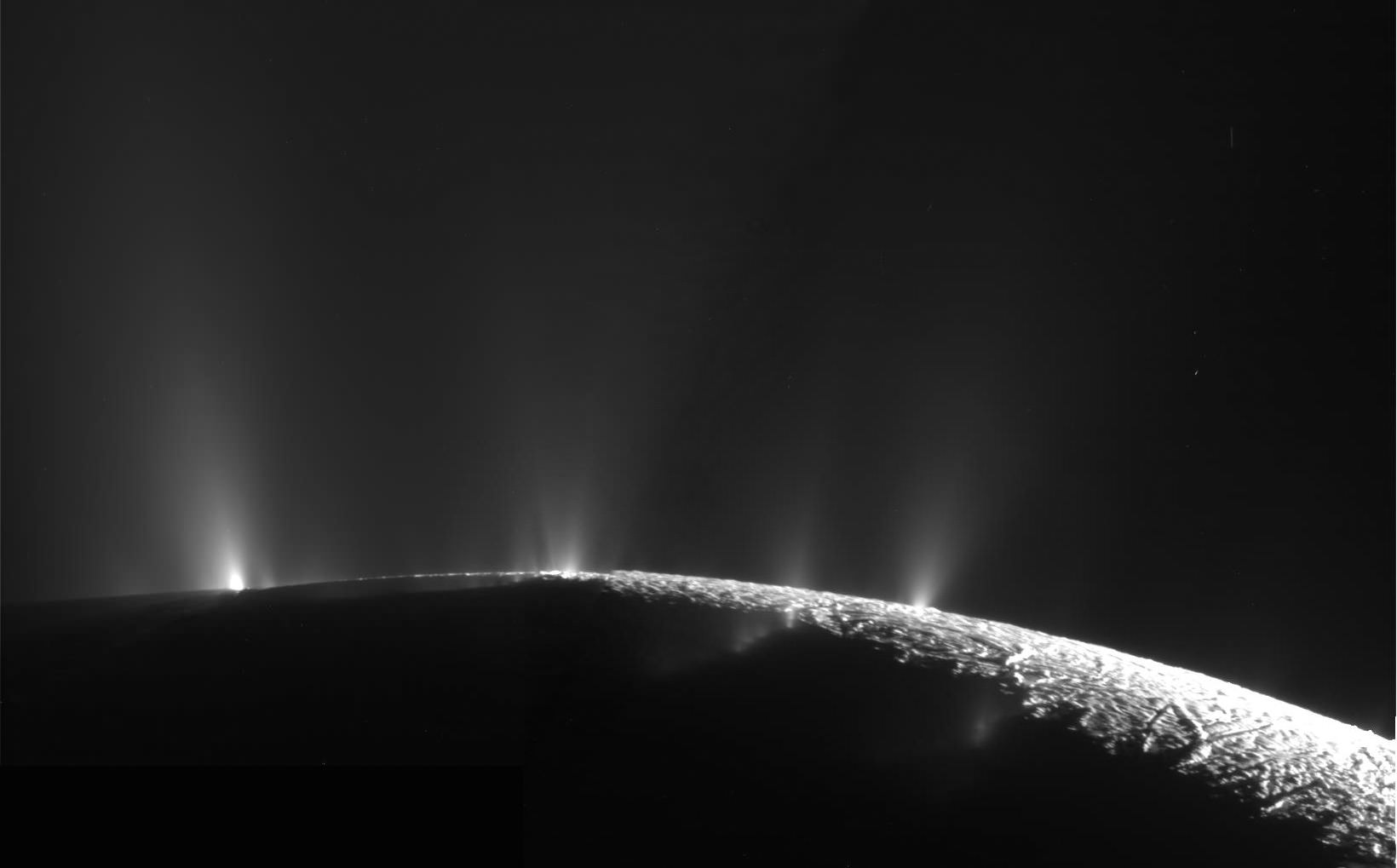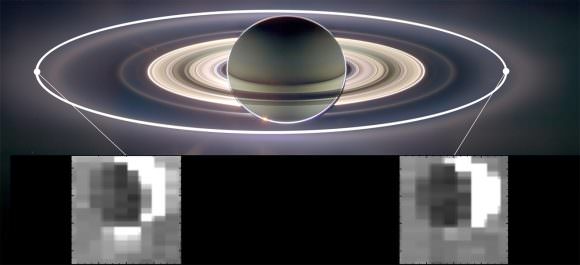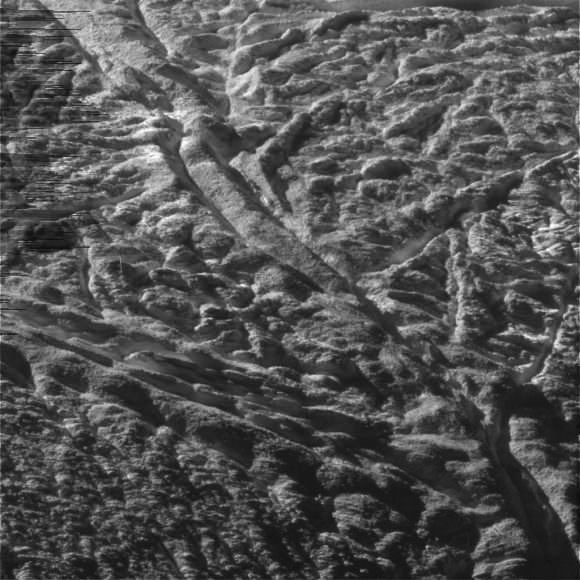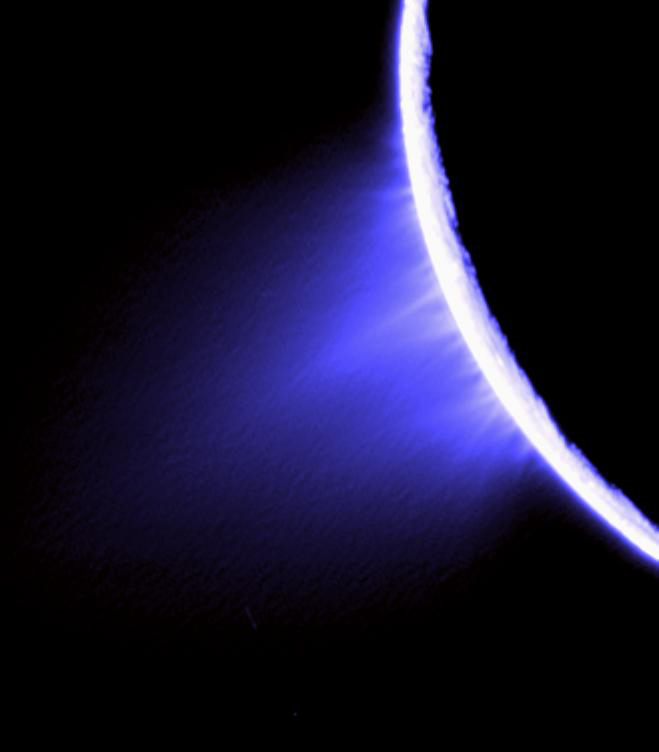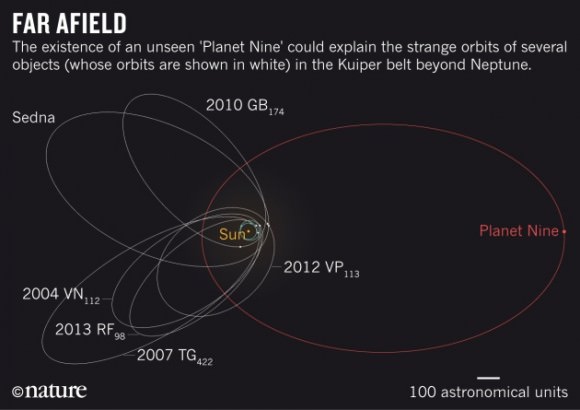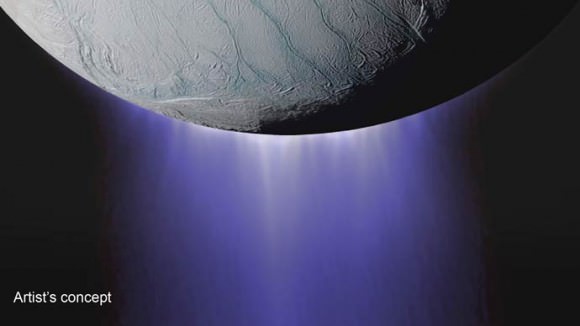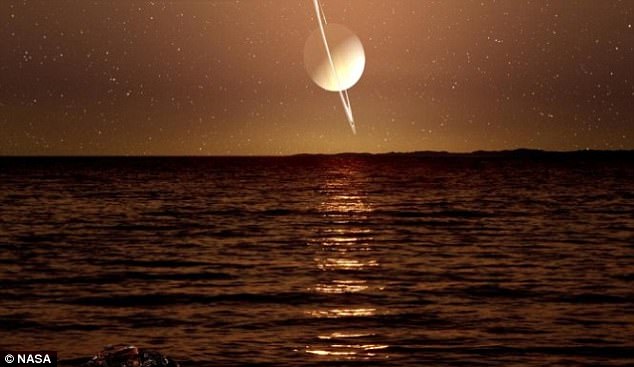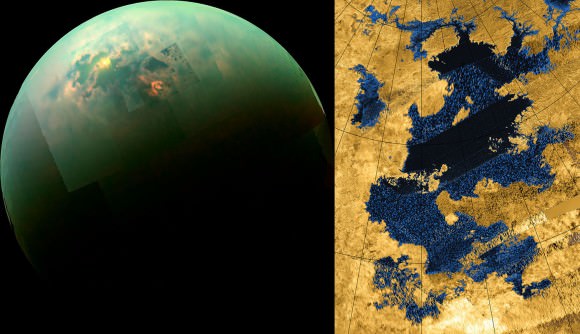The Cassini-Huygens mission is coming to an end.
Cassini was launched in 1997 and reached Saturn in 2004. It will end its mission by plunging into the gas giant. But before then, it will dive through Saturn’s rings a total of 20 times.
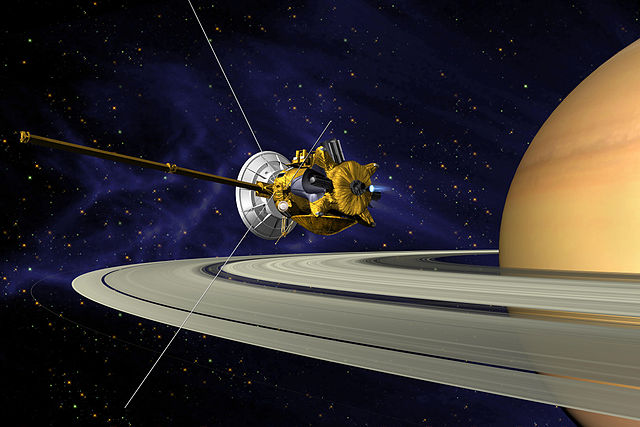
The first dive through the rings was just completed, and represents the beginning of Cassini’s final mission phase. On December 4th at 5:09 PST the 2,150 kg, plutonium-powered probe, crossed through a faint and dusty ring created by the moons Janus and Epimetheus. This brought it to within 11,000 km of Saturn’s F-ring.
Though the end of a mission might seem sad, people behind the mission are excited about this final phase, a series of close encounters with the most iconic structures in our Solar System: Saturn’s glorious rings.
“This is a remarkable time in what’s already been a thrilling journey.” – Linda Spilker, NASA/JPL
“It’s taken years of planning, but now that we’re finally here, the whole Cassini team is excited to begin studying the data that come from these ring-grazing orbits,” said Linda Spilker, Cassini project scientist at JPL. “This is a remarkable time in what’s already been a thrilling journey.”
Even casual followers of space news have enjoyed the steady stream of eye candy from Cassini. But this first orbit through Saturn’s rings is more about science than pictures. The probe’s cameras captured images 2 days before crossing through the plane of the rings, but not during the closest approach. In future ring-grazing orbits, Cassini will give us some of the best views yet of Saturn’s outer rings and some of the small moons that reside there.
Cassini is about more than just beautiful images though. It’s a vital link in a series of missions that have opened up our understanding of the Solar System we inhabit. Here are some of Cassini’s important discoveries:
New Moons
The Cassini mission discovered 7 new moons orbiting Saturn. Methone, Pallene and Polydeuces were all discovered in 2004. Daphnis, Anthe, and Aegaeon were discovered between 2005 and 2009. The final moon is currently named S/2009 S 1.
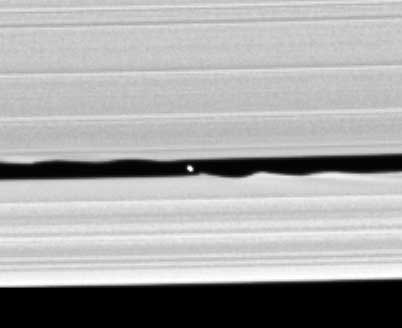
In 2014, NASA reported that yet another new moon may be forming in Saturn’s A ring.
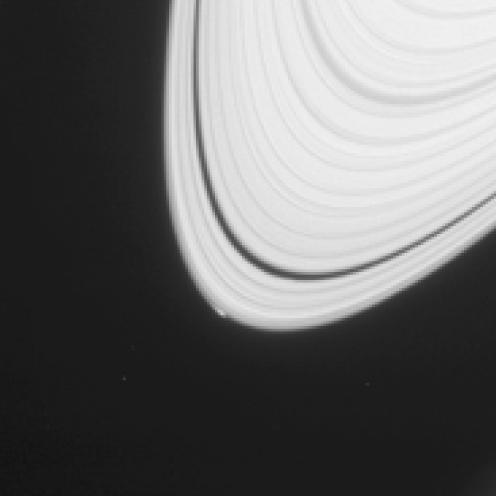
Huygens lands on Titan
The Huygens lander detached from the Cassini orbiter on Christmas Day 2004. It landed on the frigid surface of Saturn’s moon Titan after a 2 1/2 hour descent. The lander transmitted 350 pictures of Titan’s descent to the surface. An unfortunate software error caused the loss of another 350 pictures.
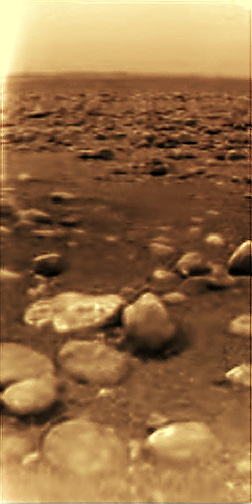
Enceladus Flyby
Cassini performed several flybys of the moon Enceladus. The first was in 2005, and the last one was in 2015. The discovery of ice-plumes and a salty liquid ocean were huge for the mission. The presence of liquid water on Enceladus makes it one of the most likely places for microbial life to exist in our Solar System.

Each of Cassini’s final ring-grazing orbits will last one week. Cassini’s final orbit will bring it close to Saturn’s moon Titan. That encounter will change Cassini’s path. Cassini will leap over the rings and make the first of 22 plunges through the gap between Saturn and its rings.
In September 2017, the Cassini probe will finally reach the end of its epic mission. In order to prevent any possible contamination of Saturn’s moons, the probe will make one last glorious plunge into Saturn’s atmosphere, transmitting data until it is destroyed.
The Cassini mission is a joint mission between the European Space Agency, NASA, and the Italian Space Agency.

